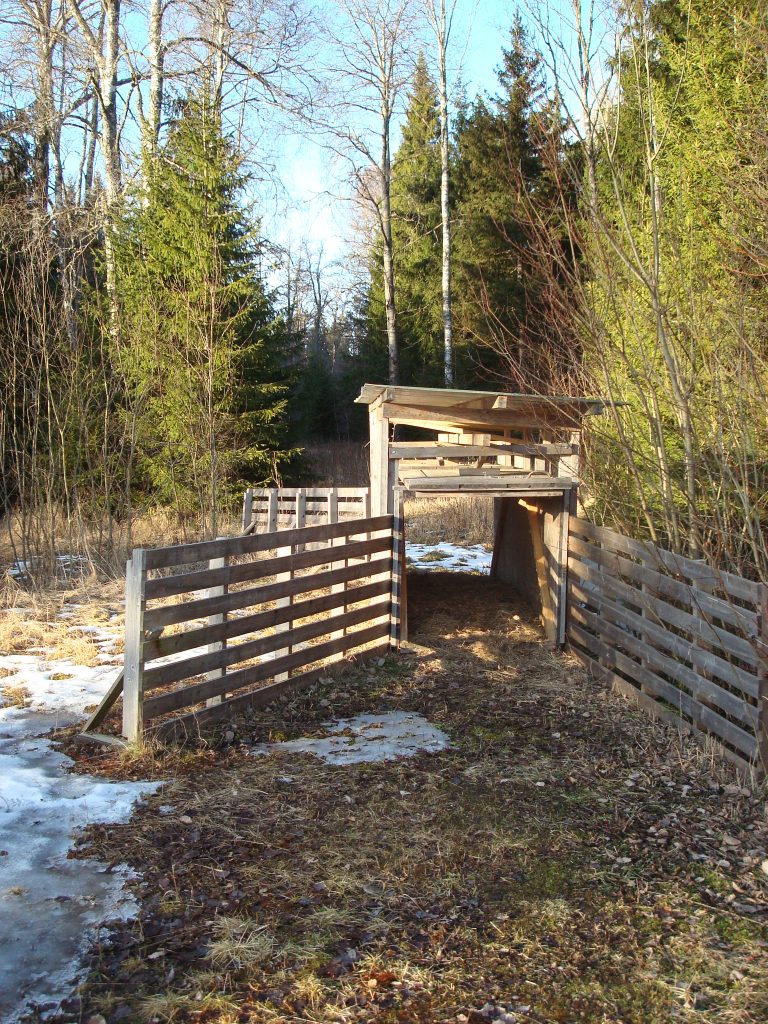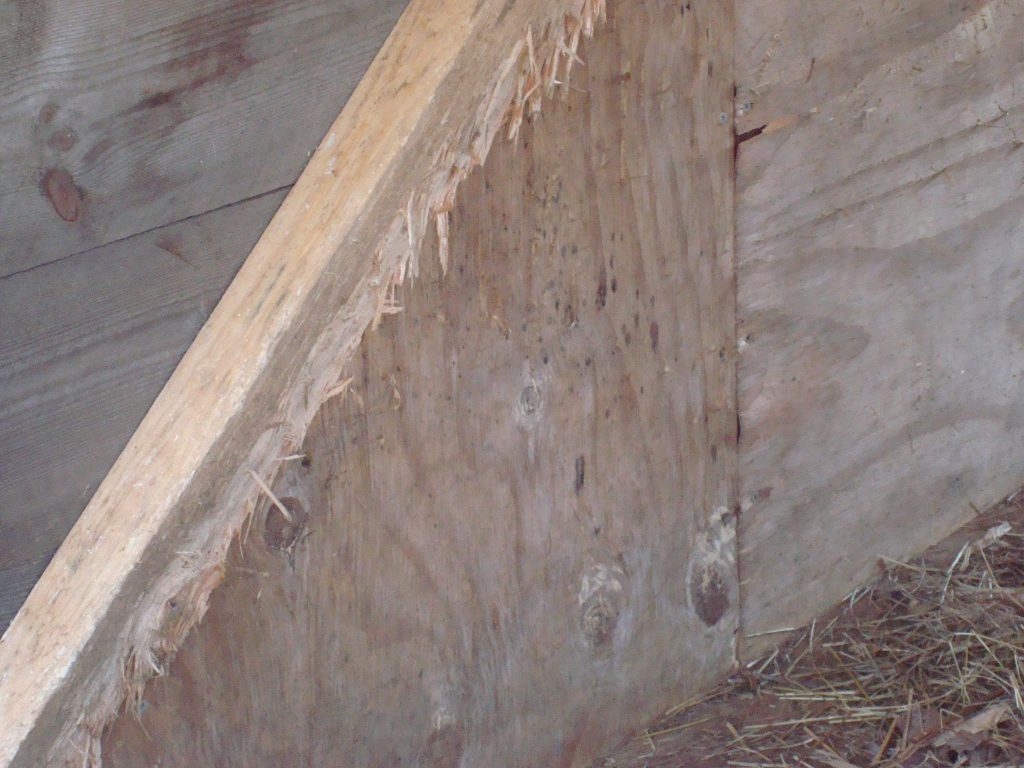In Sweden, it is still permitted in 2021 to hunt lynx with traps. This even though several animal and environmental organizations have repeatedly demanded a ban on the use of traps and snares. It is Länsstyrelserna (the county administrative boards) that decide whether traps should be allowed in the county.
Jaktkritikerna (The Hunting Critics) want to see a ban on catching lynx (and other animals) with traps! Lynx in traps often injure their teeth and claws badly when trying to get out of the trap. Wood chips have been found in the stomachs of trapped lynx. If the trap is not checked often, the lynx may have to sit in the trap for a long time, with all the stress and suffering it entails. The lynx is put in a helpless state with no possibility of escape when the hunter approaches. One can easily imagine the tremendous stress it causes the animal.
Sometimes, when a lynx is caught in a trap, it tears off its claws and chews off its teeth in a desperate attempt to get out. Wood shavings have been found in the stomachs of autopsied lynx caught in traps. When the hunter comes to shoot the lynx, it can’t escape. It’s more like an execution than a hunt. According to the law, the trap must be checked twice a day. But what happens to the lynx if the hunter forgets to take a look? No County has yet decided on the use of traps, but it is usually allowed in the northern counties. One problem with traps is that they are not selective – that is, the hunter cannot be sure that the intended animal will be caught in the trap. For example, if a lynx is caught in a fox trap, it must be released if it is in unharmed enough to survive. However, since there are a lot of hate crimes against predators, it is not unheard of that a predator-hating hunter kills the lynx instead of releasing it.
A wild animal caught in a trap who meets a predator-hating person is put in a terrible situation. It is completely defenseless with no possibility of either escape or defense. This has been proven to happen. In the so called “Jakthärvan” (a terrible hunting crime in Norrbotten), several predators were subjected to very sadistic acts. And on one of the hunters’ mobile videos, you could see how a lynx caught in a trap is subjected to cruelty. A thick branch is stuck into the trap and pokes the lynx in the side, while two dogs stand near the grate and constantly bark at the lynx. The lynx was in this way tortured before it was killed. This is shown in the video below. WARNING: THERE ARE VERY DISTURBING SCENES IN THIS FILM!
Click the link here to watch the video: Mobilfilm från jaktbrottshärvan i Norrbotten – Lodjur plågas i fälla (Mobile film from the hunting crime case in Norrbotten – Lynx tortured in a trap)
This time the crime was revealed, and the perpetrators were punished. But how many times similar things happen, we will never know. Society has no control over how many lynx are actually killed, or how they are killed, or how they are treated in the trap. Traps are effective, you can hunt around the clock. This can lead to large numbers of lynx being caught and killed. There is no way for society to have control over how many lynxes are trapped and killed.
Djurens Rätt (The Animals’ Rights) has written about trapping equipment for lynx hunting:
“The lynx’s claws and teeth are seriously damaged when they try to get out of so-called box traps. The inside of the traps shows traces of teeth and claws as well as blood spatter and smeared blood stains. Damage to the teeth can give rise to long-term dental infections as well as orofacial (facial pain) – in humans considered one of the most intense pains.”
“When the lynx tries to get out of the trap, stress hormones are secreted. As a result, the heart rate increases, and the body temperature rises. The physical effort and stress can cause the lynx to suffer life-threatening muscle damage and circulatory collapse. While the lynx struggles to get out of the trap it also loses fluids and can suffer dehydration if left too long in the trap. Lynx in traps can also be exposed to extreme weather and temperatures.”


WWF demanded a ban on lynx trapping as early as 2010
WWF already demanded a ban on trapping lynx in 2010, with the support of a survey carried out by SVA, Statens Veterinärmedicinska Anstalt, (State Veterinary Institute). The report from SVA states that of the lynx caught in traps, 46 percent have wood chips in their stomachs and at least 17 percent have injured claws. Injuries that mainly occurred when the lynx tried to get out of the trap. Reference was also made to the fact that the supervision of the traps is deficient, and the authorities carry out few checks on the traps. A large part of the lynx caught are injured there before they are shot.
According to 27§ of the Hunting Act, hunting must be conducted in such a way that the hunted animal is not subjected to unnecessary suffering. Therefore, traps should be banned immediately.


